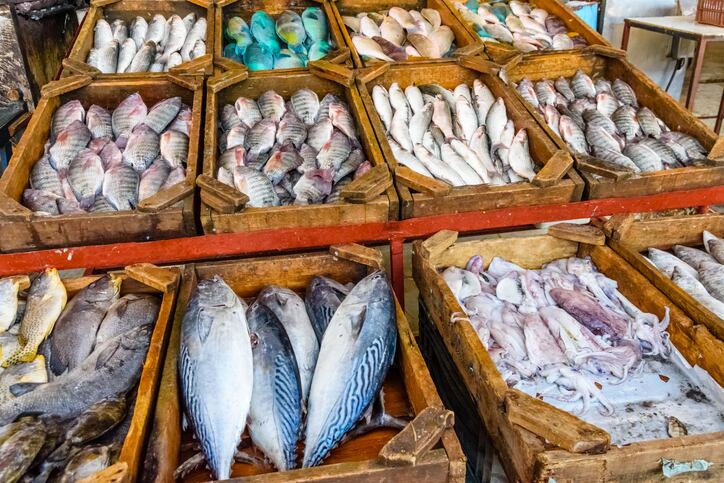South Korea’s e-commerce sector has undoubtedly grown significantly since COVID-19 hit the region, but according to local trade consultancy firm KOISRA’s Founder and CEO Eyal Victor Mamou, local consumer preferences in and of themselves had already been pushing this growth.
“There is no doubt that COVID-19 helped to boost this e-commerce trend and caused it to skyrocket, but bear in mind that this boost was seen not just in South Korea but also worldwide and South Korea, compared to other places, did not have a complete lockdown,” Mamou told FoodNavigator-Asia.
“So this means people were still able to go around and buy things offline as compared to places under lockdown like Malaysia, but e-commerce here still grew phenomenally in 2020 and government data says it’s not the fourth largest worldwide.
“Our research has also found that if going by per capita transactions, South Korea is actually at the number one spot worldwide right now, so that shows just how much value and potential this market has.”
According to KOISRA’s data, in 2020 per capita online transactions in South Korea topped the list valued at US$2.85bn, followed by the United Kingdom at US$2.64bn, the United States at US$2.39bn, China at US$1.62bn and Japan at US$1.12bn.
“So per capita, South Korea e-commerce transaction volumes are double that of China and also more than that of Japan,” said Mamou.
“Essentially, e-commerce has become a habit here, and there’s really no going back to before – and there are many opportunities for food companies to take note of here.”
Some of the biggest e-commerce sites in the country currently include Gmarket, 11Street and Coupang – and firms wishing to be listed and also attract consumer attention would do well to focus heavily on their localization strategy, said Mamou.
“E-commerce in South Korea is different from many other places – here is it vital to have everything tailored to be localized,” he said.
“I’m talking about the media used, the way the photos of the products are taken, the models used, the way the product is described – everything must be localized, and of course the tiles also need to be translated.
“In addition, sellers need to also learn to create trust with consumers by having a local company name and phone number and address, and make sure all of this is published on the site – technically you could use foreign office contact details, but South Korean consumers will be reluctant to buy the product then as they will not want to take the risk on the item being problematic and not having a local replacement available, especially if it is expensive.
Worse yet, having to call a number in say China, the UK or the US will likely mean they have to speak in English to argue their case to a representative, and a lot of locals are not willing or not able to do this.
“So in short, foreign firms looking to enter South Korea will need to make sure they look and feel like a local seller, particularly when it comes to customer service, so that consumers feel like they can trust you.”
Government looking overseas
Looking at the rapid e-commerce growth the country is seeing domestically, the government appears to be taking a page from this and hoping to replicate this success in other countries as well by opening online country pavilions on e-commerce platforms in other Asian countries.
According to a formal statement by the Ministry of Agriculture, Food and Rural Affairs (MAFRA), the government plans to open up five new online stores exclusively selling Korean food products in global online platforms, particularly in countries with high growth rates such as in ASEAN and India, which make up the region of South Korea’s New Southern policy.
“In order to target the new southern region, we have partnered with Shopee, the largest online platform in Southeast Asia, and are preparing to enter Singapore, Malaysia and the Philippines which are ranked first in terms of mobile e-commerce usage,” said the ministry.
“We are preparing to open Korean food stores in major overseas online malls such as Japan's Q10 and Taiwan's Momo.”
Mamou said that he was ‘not surprised’ at the government’s new strategy – but did suggest that more direct help also be offered to local sellers looking to be part of these new online stores.
“I dare say I would go a step further and recommend that they help the sellers more directly, e.g. by connecting them with local service providers overseas to help them with logistics and translations and so on, that would help them grow a lot more quickly,” he said.





